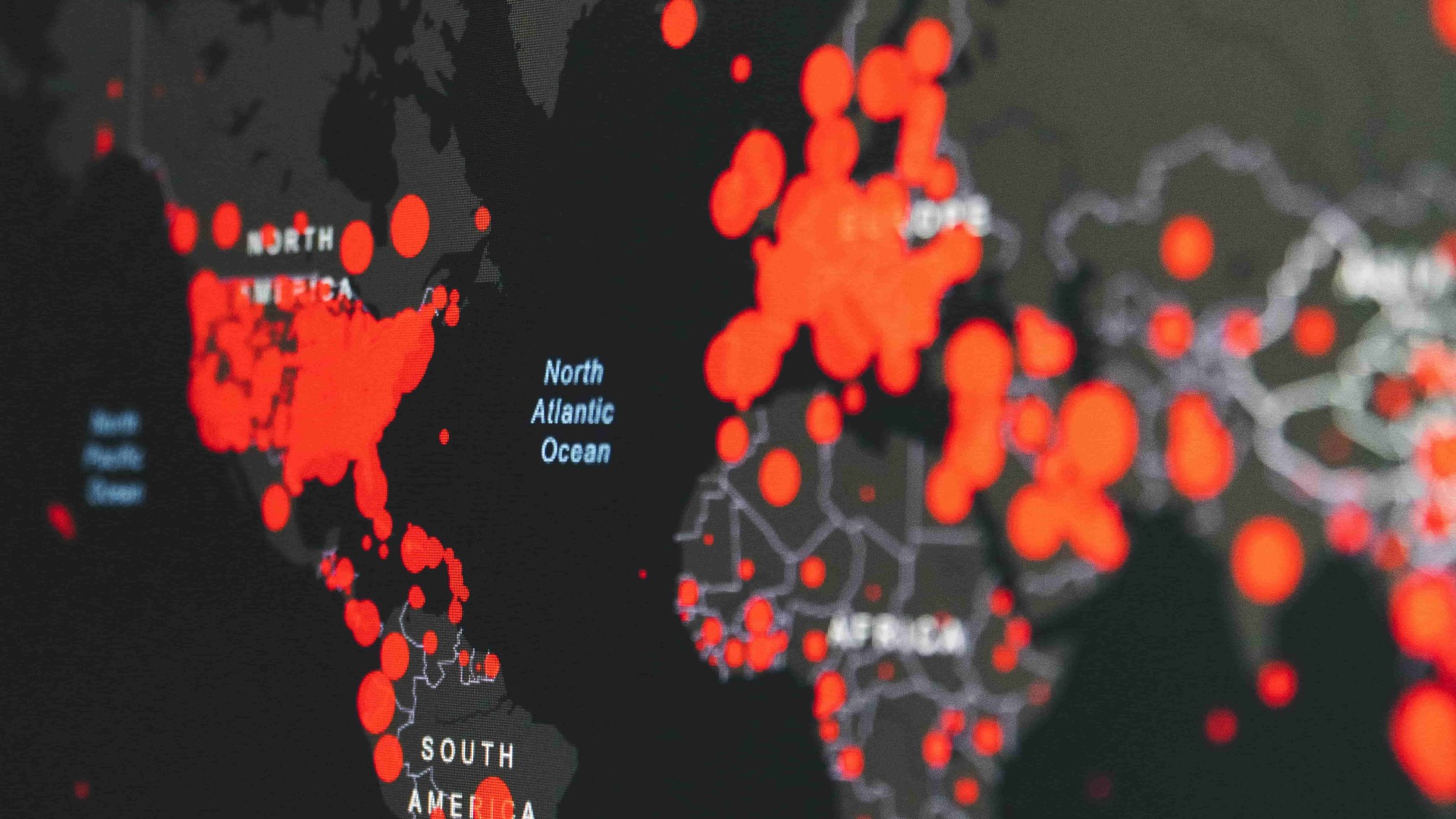In the fight against pandemics, timing is everything. A recent study highlights the value of Environmental Sampling Surveillance (ESS) systems, such as wastewater monitoring and air sensors, in providing early warnings for disease outbreaks. These systems, which gained widespread attention during the COVID-19 pandemic, could transform public health responses by detecting pathogens faster, guiding interventions, and ultimately saving lives.
The Power of Early Detection
Traditional methods of tracking pandemics, like testing symptomatic individuals, often lag behind the spread of disease. ESS systems offer a significant advantage by detecting pathogens in the environment - like virus particles in wastewater - days before clinical cases are reported. For instance, during COVID-19, ESS provided a 4- to 10-day early warning for disease surges, allowing public health officials to act sooner.
This lead time is critical. The study modeled the impact of ESS during the first year of a COVID-19-like pandemic and found that a 5-day early warning could reduce deaths from 149 to 134 per 100,000 people. This reduction translates to thousands of lives saved globally, as well as significant economic benefits.
How ESS Saves Lives and Money
The researchers calculated the net monetary benefit of ESS by comparing the costs of operating these systems to the savings from better-targeted public health measures. They found that ESS could save society up to $1,450 per person by reducing deaths and hospitalizations. Even when considering rare pandemics - occurring as infrequently as once every 150 years - ESS systems were shown to be cost-effective, providing a positive return on investment.
One of the key strengths of ESS is its ability to guide non-pharmaceutical interventions, such as mask mandates or lockdowns, more effectively. For example, by acting earlier, policymakers can prevent outbreaks from reaching levels that require the most restrictive measures. The study found that ESS reduced the duration of stringent lockdowns, balancing public health benefits with economic costs.
A Flexible Tool for Various Threats
While COVID-19 showcased the potential of ESS, the technology is not limited to one pathogen. ESS systems can monitor a wide range of diseases, from influenza to emerging threats like H5N1 avian flu. By providing real-time data on pathogen presence and transmission trends, these systems help decision-makers allocate resources where they’re needed most.
The study also emphasized the adaptability of ESS. By integrating advanced testing techniques, such as genomic sequencing, these systems can detect new or mutated pathogens, making them invaluable in responding to evolving public health threats.
Challenges and the Path Forward
Despite their promise, ESS systems face challenges. Coverage is still uneven worldwide, with many regions lacking access to this technology. Building and maintaining ESS infrastructure requires investment and coordination. Additionally, the effectiveness of ESS depends on swift and decisive action by public health authorities.
The study recommends prioritizing ESS for highly transmissible or deadly pathogens, where early detection can have the greatest impact. It also calls for international collaboration to expand ESS coverage and ensure that all communities benefit from this technology.
A Vision for the Future
ESS systems represent a major leap forward in pandemic preparedness. By providing early warnings, these systems give societies a crucial head start in managing outbreaks, saving lives, and reducing economic losses. As the world faces the ongoing threat of emerging diseases, investing in ESS is not just a scientific advancement - it’s a public health necessity.
This research underscores a simple truth: in a pandemic, the earlier we act, the more lives we save. With ESS, we have a powerful tool to ensure we’re ready for whatever comes next.


